The printing process can impact the breathability and absorbency of printed spunlace, depending on the printing techniques and materials used. Printing involves applying inks or dyes to the surface of the printed spunlace, and the type and amount of ink can alter the printed spunlace’s inherent properties.
The breathability of printed spunlace can be reduced if the ink used forms a thick layer or is made from materials that block the printed spunlace’s natural pores. For instance, some printing methods, like screen printing or rotary printing, may apply thicker layers of ink that can clog the spunlace's fiber structure, limiting air flow. On the other hand, digital printing typically uses less ink, providing a more breathable result as it applies the ink in a precise and minimal manner.
Regarding absorbency, the application of ink or dye can partially block the printed spunlace’s fibers and reduce the surface area available to absorb liquids. The type of ink used also plays a role in this. Water-based inks tend to have a lesser impact on absorbency compared to solvent-based or oil-based inks, which can create a water-resistant layer on the printed spunlaces. Additionally, heat-setting processes or post-treatment techniques used in the printing process might alter the printed spunlace’s ability to absorb moisture by changing the structure of the fibers.
The extent of these effects can vary depending on the design and printing technique. Printed spunlaces with large, fully covered printed areas tend to lose more breathability and absorbency compared to printed spunlaces with open patterns or smaller printed designs. To mitigate these effects, manufacturers can choose breathable or eco-friendly inks, apply thin layers of ink, and select printing techniques such as digital printing that minimize ink coverage. Additionally, pre- or post-treatments can be used to restore or enhance the printed spunlace’s absorbency, such as hydrophilic coatings that increase moisture uptake.
While printing does affect the breathability and absorbency of printed spunlace, careful material selection and printing processes can help maintain or even enhance the printed spunlace’s functional properties while still achieving a decorative and printed design.
Professional digital printed non woven fabric manufacturers since 2013.


 English
English عربي
عربي Español
Español


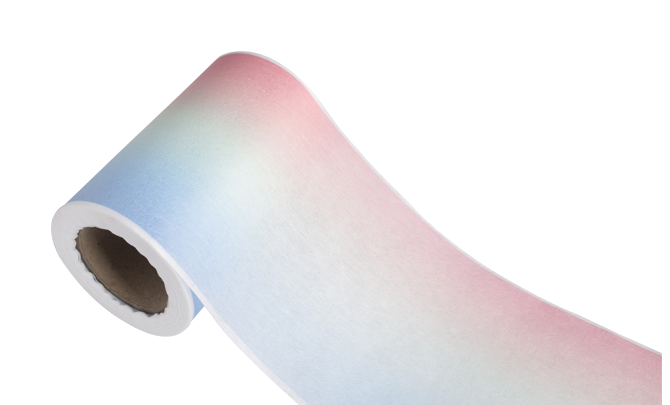
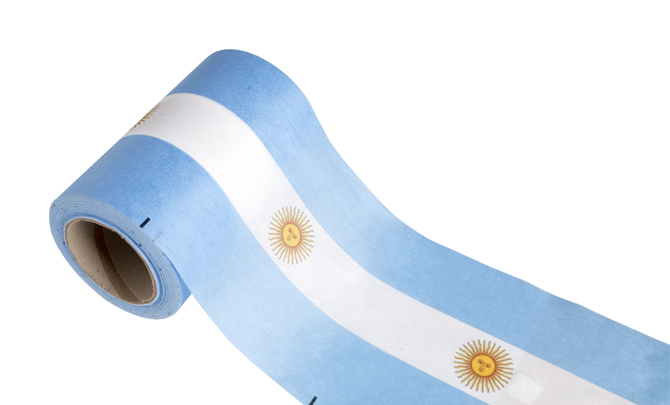
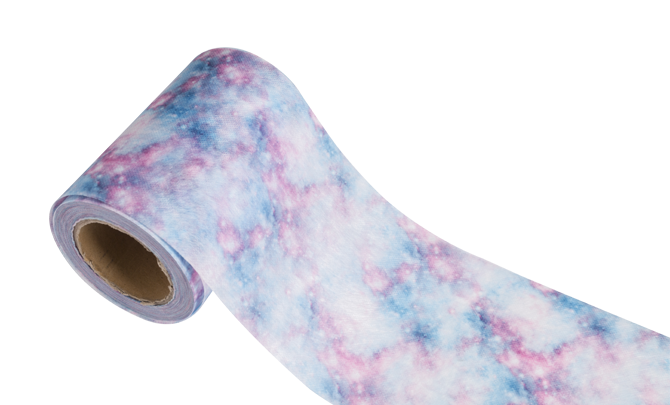
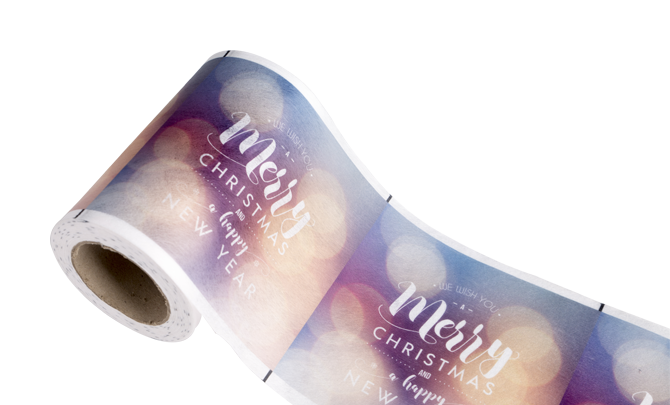
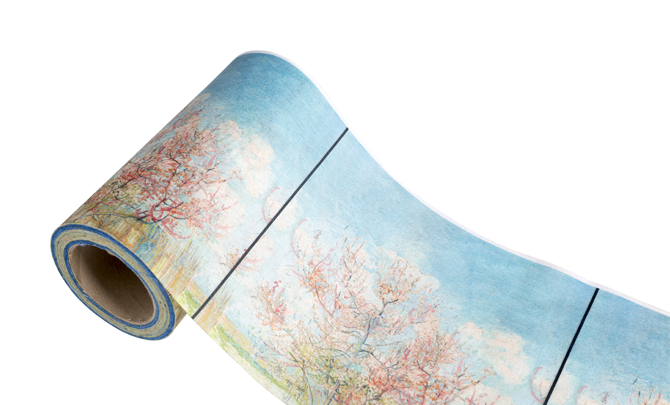

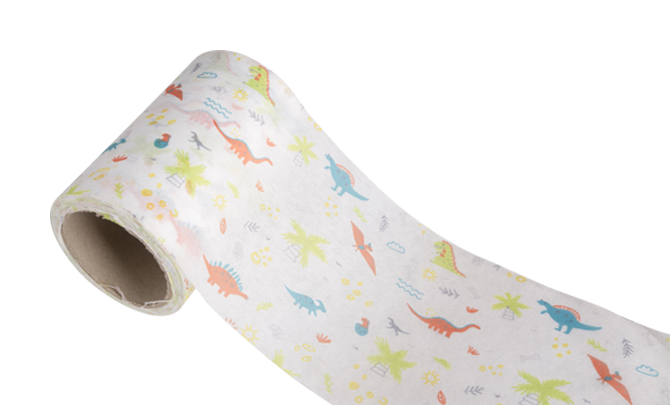
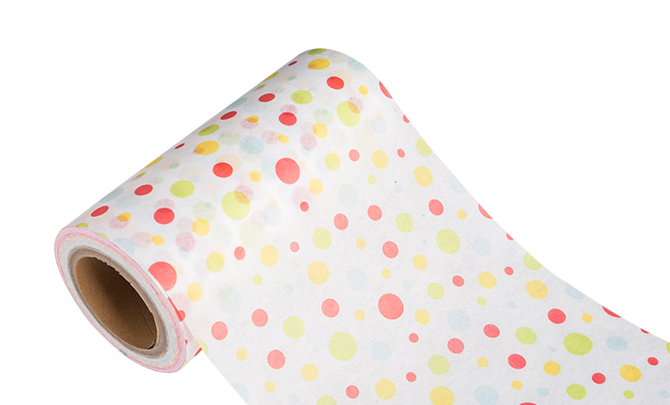

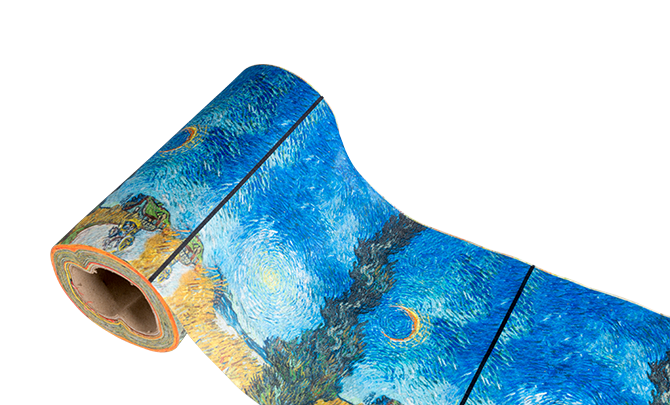






 Tel:
Tel:  E-mail:
E-mail:  Add:
Add: 
